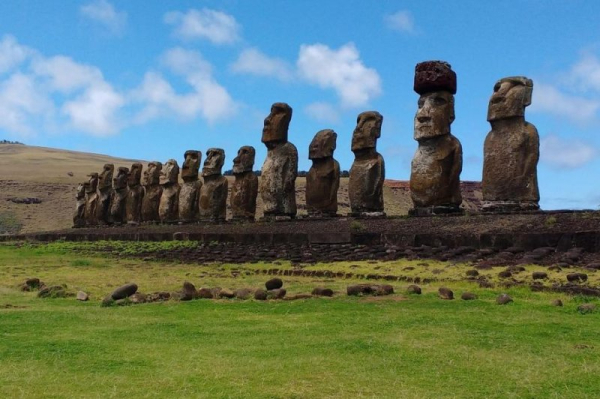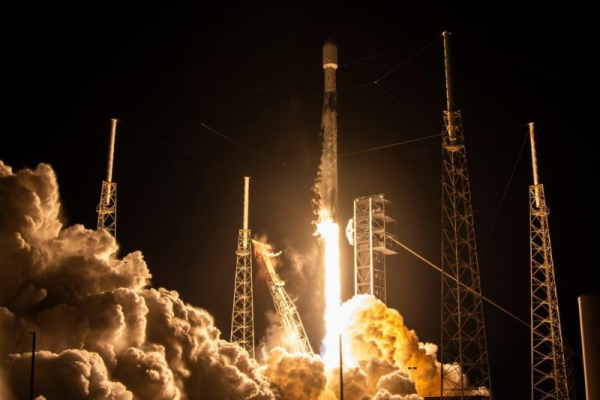
Rising sea levels could submerge more than 50 archaeological sites on Easter Island, or Rapa Nui, by 2080, including the famous Ahu Tongariki, according to a new study from the University of Hawaii.
A study led by Rapa Nui scientist Noa Paoa highlights the impact of climate change on the island's cultural and tourism heritage.
The indigenous Polynesians long called the island Rapa Nui, while European explorers, arriving there on Easter Sunday 1722, named it Easter Island. It is located approximately 2,200 miles from mainland Chile and is a separate territory of that nation.
Forecasts indicate that seasonal waves, intensified by global warming, could reach ceremonial sites, petroglyphs, and burial sites. A study published in the September-October issue of the Journal of Cultural Heritage raises a pressing question: how can the remains of this ancient civilization be protected from this looming threat?
The Rapa Nui coastline, designated a UNESCO World Heritage Site in 1995, faces a risk that is no longer hypothetical. According to a study, waves caused by rising sea levels could reach Ahu Tongariki—the largest restored group of moai statues on the island—in less than 60 years.
The research team used computer models to simulate future climate scenarios. By overlaying these projections on geospatial maps of cultural sites, the participants identified the most vulnerable zones. The result: 51 archaeological sites are at risk of flooding, including stone gardens, burial sites, petroglyphs, and traditional dwellings.
“These sites aren't just ancient stones. They're living spaces that are crucial to Rapa Nui's cultural identity and the economic life of its people,” Paoa told local media.
By May 2023, the municipality of Rapa Nui had already sounded the alarm. A report by Chilean researchers from the Center for Advanced Studies of Arid Zones in Coquimbo, the Esmoy Center, and the Catholic University of the North warned of declining rainfall, more frequent extreme weather events, stronger winds, rising sea surface temperatures, and declining ocean oxygen levels.
Another technical report from Chile's Ministry of Environment identified Rapa Nui as one of the country's most vulnerable areas to climate change.
“Possible options include building breakwaters, strengthening the platforms, or relocating the statues,” said Rapa Nui archaeologist Ramon Tuki. All of this entails technical, ethical, and financial challenges similar to those encountered during the nearly four-year restoration of Ahu Tongariki.
Ahu Tongariki is the largest ceremonial platform on Easter Island, housing 15 restored moai statues. It is located on the southeast coast, near the Rano Raraku quarry, where most of the moai were carved. The statues were destroyed during intertribal conflicts and then swept inland by the 1960 tsunami, but were restored in the 1990s.
On average, Rapa Nui moai weigh between 10 and 20 tons, and most were carved from volcanic tuff in the Rano Raraku crater. Any attempt to move them would require complex and extensive engineering solutions.
“The threat of what will happen in the coming years is as serious as the fact that there is still no clarity about what exactly will be done,” the archaeologist said.
Moai construction on Rapa Nui began around the 13th century, although recent research has refined this chronology. According to archaeological research published in the journal Archaeological Science by experts from Binghamton University and the University of Oregon, the first ahu were built shortly after the first settlers arrived on the island, around 1200 CE.
This threat jeopardizes not only tourism, the island's main source of income, but also the spiritual connection between the Rapa Nui people and their ancestors. The destruction of this ceremonial landscape could mean an irreparable loss to the cultural memory of the South Pacific.
Sourse: www.upi.com





